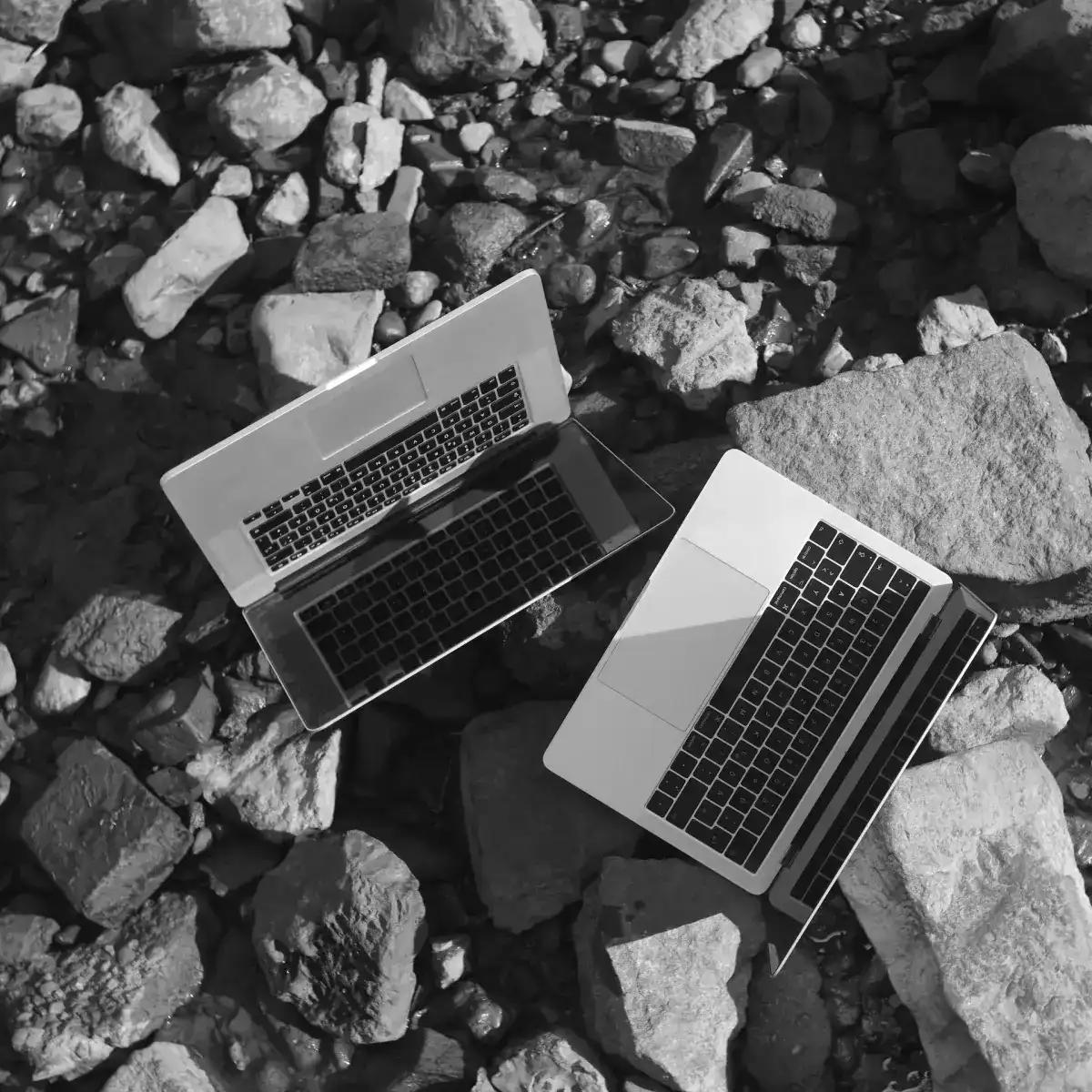MacBook Battery Drains Too Fast? 6 Power-Saving Tips
Is Your MacBook Battery Life Getting Shorter?
If your MacBook, MacBook Pro, or MacBook Air battery drains faster than it used to, you're not alone. Battery degradation is normal, but there are many ways to extend your battery life and identify what's causing excessive drain. This guide covers everything from simple settings tweaks to hardware solutions.

Tip 1: Manage Your Startup Apps
The Hidden Battery Drainers
Many apps automatically start when you log in, running in the background and consuming battery power even when you're not using them. These "login items" can significantly impact battery life.
How to clean up startup apps:
- Go to System Settings (or System Preferences)
- Click General → Login Items
- Review the list of apps that start automatically
- Remove unnecessary apps by selecting them and clicking the minus (-) button
- Also check "Allow in Background" section and toggle off apps you don't need running
Pro tip: Keep only essential apps like cloud storage or security software in your login items. Everything else can be launched manually when needed.
Tip 2: Keep Your MacBook Cool and Clean
Heat: The Battery Killer
When your MacBook overheats, it not only throttles performance but also drains the battery much faster. Dust accumulation in vents is often the culprit.
Signs your MacBook is overheating:
- Fans running constantly at high speed
- Bottom of the laptop feels very hot
- Performance suddenly drops (thermal throttling)
- Battery percentage drops rapidly
Solutions:
- Clean the vents: Use compressed air to blow out dust (hold can upright, use short bursts)
- Professional cleaning: Annual internal cleaning can work wonders
- Check Activity Monitor: Look for apps using high CPU percentage
- Use on hard surfaces: Soft surfaces like beds or couches block airflow
Tip 3: Use External Cooling Solutions
Give Your MacBook Breathing Room
External cooling can significantly improve battery life by preventing thermal throttling and reducing internal fan usage.
Cooling options:
- Laptop stands: Elevate your MacBook for better airflow
- Cooling pads: Active cooling with built-in fans
- Desk placement: Keep away from heat sources and direct sunlight
- Room temperature: Work in cooler environments when possible
Note: Apple Silicon MacBooks (M1/M2/M3) run much cooler than Intel models, but still benefit from good airflow.
Tip 4: Replace Thermal Paste (Older MacBooks)
The Often-Overlooked Solution
On MacBooks older than 3-4 years, the thermal paste between the CPU/GPU and heat sinks can dry out, causing overheating and battery drain.
When to consider thermal paste replacement:
- MacBook is 3+ years old
- Constant overheating despite cleaning
- Battery life has dropped significantly
- Fan runs at maximum speed frequently
Warning: Thermal paste replacement requires disassembling your MacBook. We recommend professional service to avoid damage.
Tip 5: Enable Low Power Mode
macOS Built-in Battery Saver
Low Power Mode reduces energy consumption by limiting background activities and visual effects.
To enable Low Power Mode:
- Click the battery icon in menu bar
- Select "Low Power Mode"
- Or go to System Settings → Battery → Low Power Mode
What Low Power Mode does:
- Reduces display brightness slightly
- Lowers system performance for non-essential tasks
- Pauses iCloud Photos syncing
- Reduces background app refresh
- Disables automatic downloads
Tip 6: Identify Battery-Hungry Apps
Use Activity Monitor
Some apps consume excessive battery power due to poor optimization or bugs.
How to check battery usage:
- Open Activity Monitor (Spotlight search: cmd+space)
- Click the Energy tab
- Look at "Energy Impact" column
- Check "12 hr Power" to see long-term usage
Common battery drainers:
- Web browsers with many tabs/extensions
- Video conferencing apps (Zoom, Teams)
- Creative apps (Photoshop, Final Cut Pro)
- Poorly optimized third-party apps
- Apps preventing sleep (check "Preventing Sleep" column)
Check Your Battery Health
Know When It's Time for Replacement
macOS provides detailed battery health information to help you decide if replacement is needed.
To check battery health:
- Hold Option and click the Apple menu
- Select System Information
- Under Hardware, click Power
- Look for:
- Cycle Count: Number of charge cycles
- Condition: Normal, Service Recommended, etc.
- Maximum Capacity: Current capacity vs original
Battery Replacement Guidelines:
- 1000+ cycles: Consider replacement
- Below 80% capacity: Replacement recommended
- "Service Battery" warning: Replace soon
- Swollen battery: Stop using immediately!
Additional Battery-Saving Tips
Quick Wins for Better Battery Life
- Reduce screen brightness: Even 10-20% reduction helps significantly
- Turn off keyboard backlight: When not needed
- Disable Bluetooth: If not using wireless devices
- Close unused apps: Don't just minimize, actually quit them
- Use Safari: More battery-efficient than Chrome
- Disable visual effects: System Settings → Accessibility → Display
- Turn off Spotlight indexing: For external drives you don't search
Still Having Battery Issues?
If you've tried these tips and your MacBook battery still drains too quickly, it might be time for professional help. Battery degradation is normal after 2-3 years, and replacement can give your MacBook new life.
Professional Battery Service
We offer professional MacBook battery replacement with:
- Free battery health diagnosis
- High-quality replacement batteries
- Same-day service for most models
- 12-month warranty on parts and labor
- Data remains safe during replacement